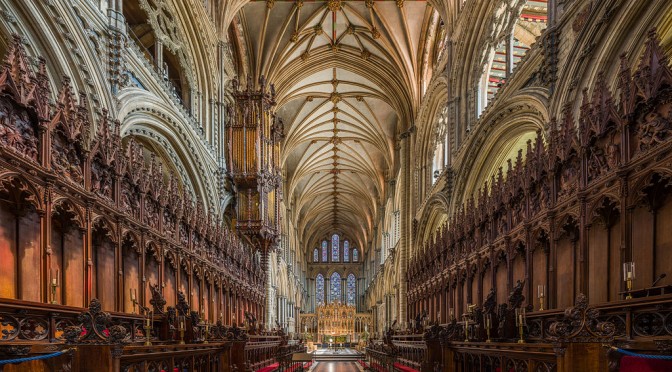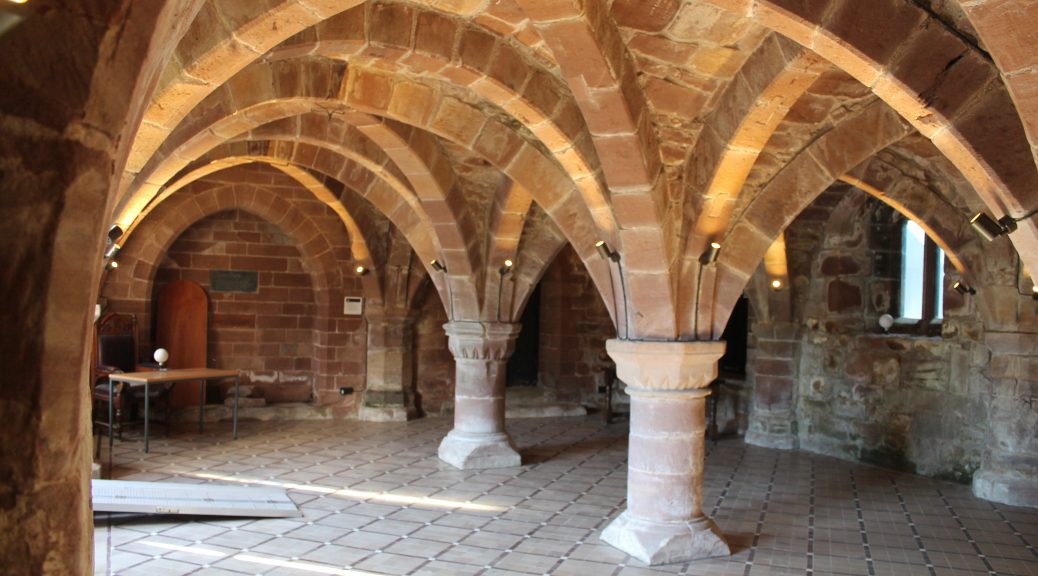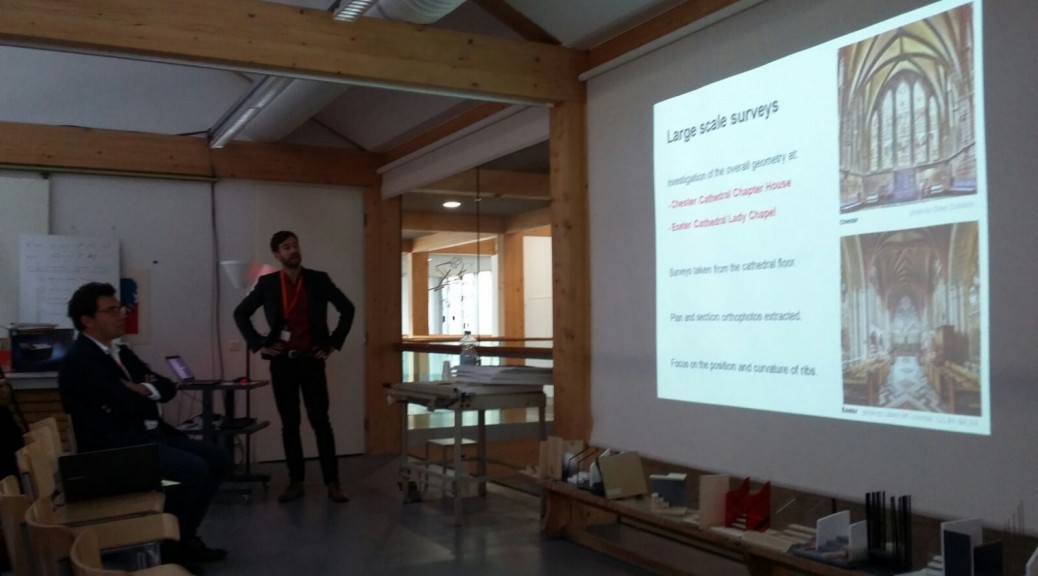
We already reported that the Society of Antiquaries of London have very generously funded a trip to Ely Cathedral, where we shall be scanning the vaults in the Presbytery, the Lady Chapel, the Octagon and Prior Crauden’s Chapel. We’ve now got permission from the Cathedral authorities to go ahead and we’ll be at the Cathedral on 13-14 September. As well as laser scanning, we’re going to be experimenting with total station.
The Lady Chapel was started in 1321 but attention moved when the crossing collapsed, in 1322, and the whole area had to be rebuilt. We know the vaults of the Presbytery were complete by 1337, when there were payments for painting them. Thus the work is exactly the same date as the vaults at Wells.
So far we’ve only scanned vaults in the west of England, so this will be our first opportunity to scan vaults in East Anglia, where design principles and construction methods might be very different. The Ely designs are associated with William Hurley, the King’s master carpenter, who designed the wooden vaults of the Octagon and William Ramsey, later the chief surveyor of the King’s works in the Tower of London and other castles south of the Trent, to whom the later parts of the design have been attributed on stylistic grounds. The Ramsey family of masons were closely associated with the Royal Works and with East Anglian architecture, including the cloister of Norwich Cathedral, which also has lierne vaults showing a variety of rib curvatures, as in the aisles of Wells.
The vaults of Prior Crauden’s Chapel are of interest to us because they are not medieval but were reconstructed by Robert Willis in the 1840s. They were thus an opportunity for him to put into practice the ideas he had explored in his 1841 lecture ‘On the Vaults of the Middle Ages’.


